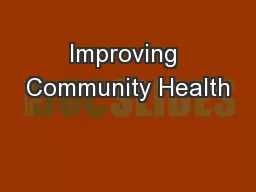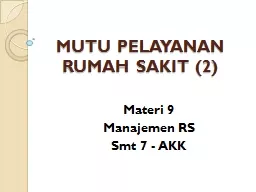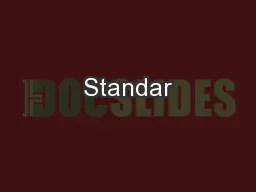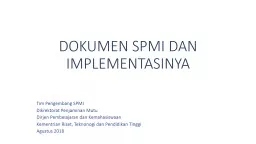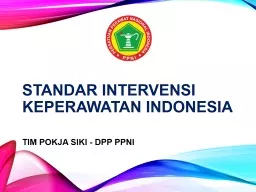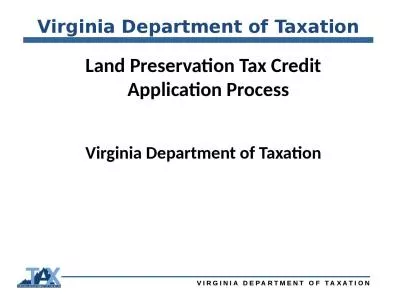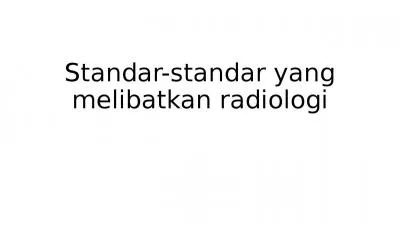PDF-Prepared by Prepared for Virginia Department of Health Altered Standar
Author : phoebe | Published Date : 2021-10-01
Critical Resource Shortages A Planning Guide Most experts scholars and healthcare providers agree that during a pandemic the healthcare systems ability to continue
Presentation Embed Code
Download Presentation
Download Presentation The PPT/PDF document "Prepared by Prepared for Virginia Depart..." is the property of its rightful owner. Permission is granted to download and print the materials on this website for personal, non-commercial use only, and to display it on your personal computer provided you do not modify the materials and that you retain all copyright notices contained in the materials. By downloading content from our website, you accept the terms of this agreement.
Prepared by Prepared for Virginia Department of Health Altered Standar: Transcript
Download Rules Of Document
"Prepared by Prepared for Virginia Department of Health Altered Standar"The content belongs to its owner. You may download and print it for personal use, without modification, and keep all copyright notices. By downloading, you agree to these terms.
Related Documents



